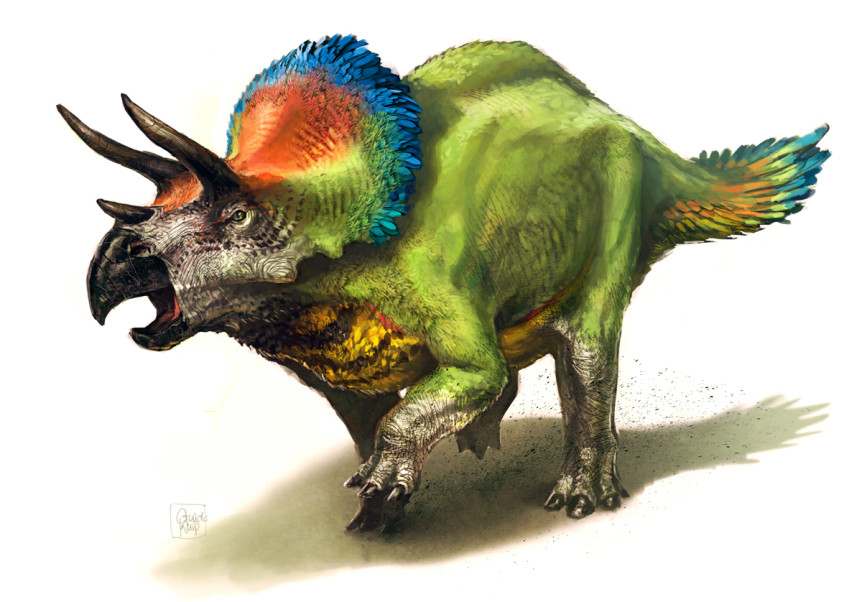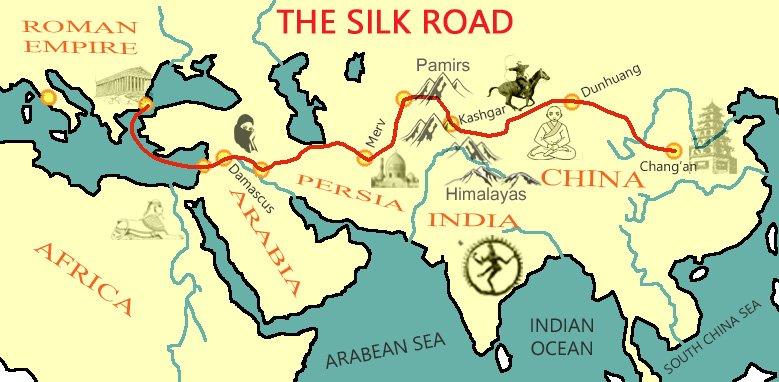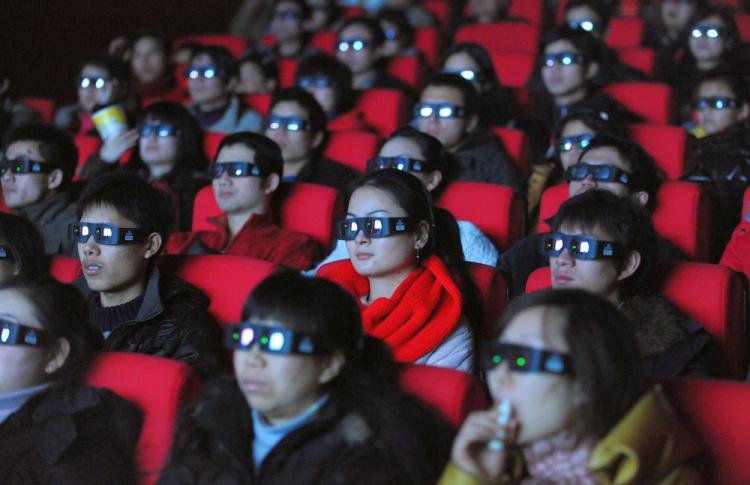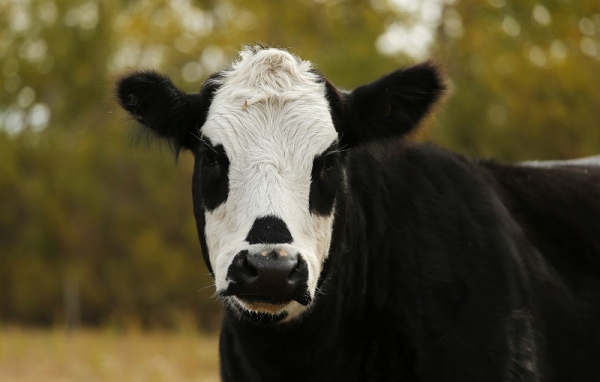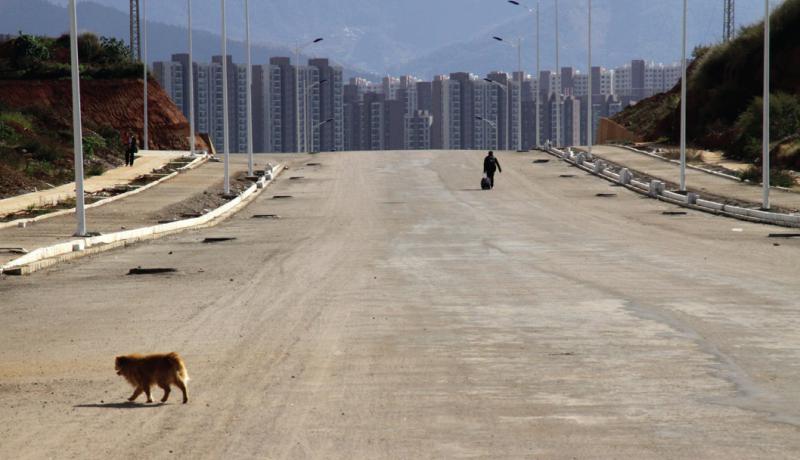Will Heilpern
China’s economy is the second largest in the world. The country presents a massive opportunity for western brands to make money. However, many of them still seem out of touch with the country.
That’s why Landor — a global brand consultancy — released six tips on how western brands can perform well in China.
It was compiled by brand consultants based in the UK and across China, using wide ranging studies from organizations including Credit Suisse, The Economist, and Brandlab.
Here are the six themes Landor thought were most important for western companies looking to be successful in China.
1. Mind the (generation) gap.
Landor described the generation gap between those born in China before 1976 (when former communist party leader Mao Zedong died) and those who were born after as a “generation chasm.” Values, fears, tastes, and interests vary greatly between the two groups.
A 2015 study by Iconoculture revealed that the most important values for those born pre-1980 were “thrift,” “practicality,” “belief,” “wisdom,” and “reality.” In stark contrast, the generation born after 1980 valued “convenience,” “relaxation,” “beauty,” “image,” and “friendship.”
2. Be everything to everyone.
Western millennials like big brands that do one thing really well, such as Coca Cola, WhatsApp, Oakley, and Samsung.
However, a Brandlab study used by Landor showed that Chinese millennials think differently.
They want one brand that does everything. They care more about the number of different products the one brand can produce than the quality.
A Chinese millennial from the study, called Pair, said: “It should be all of life, so you can choose any part of the brand for your life.” Another participant, Chritina, said: “People choose one company, one brand …”
3. Seduce the farmer.
China has the biggest middle class in the entire world. 109 million Chinese people are defined in this way in Credit Suisse’s 2015 wealth report. Landor suggested that rather than focusing on the super rich, who are already targeted heavily, more potential lies in marketing products to the middle classes.
Chinese companies like Alibaba and Tencent advertise from the bottom demographic up, unlike Western companies that tend to advertise from the top down.
For example, Chinese Internet giant Tencent, which owns popular messaging app WeChat, advertises on floor mats. While multi-billion dollar e-commerce company Alibaba sends teams to remote villages to show farmers how to access its products.
4. Join the Sisterhood.
Landor suspects that many Western brands have an incorrect perception of Chinese women as “sweet and innocent.” In China, 91% of urban adult women contribute to household income and 62% describe themselves as joint breadwinners, according to The Economist.
Celebrities with billions of followers, like Yang Lan (pictured,) Chen Lu Yu, and Yao Chen epitomize the strength of women in China. Also interesting is that Chinese women are more active on social networks (74%) than those in the US (46%), according to a report by Iconoculture.
5. Recognize the rise of self expression.
Brands in China are lightening up. A relatively new phenomenon in Chinese advertising is the “Brain Boom.” The concept is that all advertising needs to be eye-opening, whether positive or negative.
Last year, the Chinese governement announced that it had become fed up with advertisers describing every product as “the best.” In an attempt to end the practice, it set in place a fine of up to 1 million yuan ($153,542) on advertisers who used superlatives.
The updated law made it illegal for adverts to say that any product is “the best,” “the highest” (meaning “supreme”,) or “national level” (meaning “top level”). The full list of terms was not specified, however. Other superlatives could be deemed law-breaking by the State Administration of Industry and Commerce.
Many advertisers in China were not happy about the blanket ban and many decided to openly mock the new law. Didi Kuadi — China’s version of Uber — ran a campaign saying it was “So fast it violates the advertising law,” while Proya cosmetics ran a poster which said: “Sorry! Now we can only be the second-best.”
More…
About the Author

